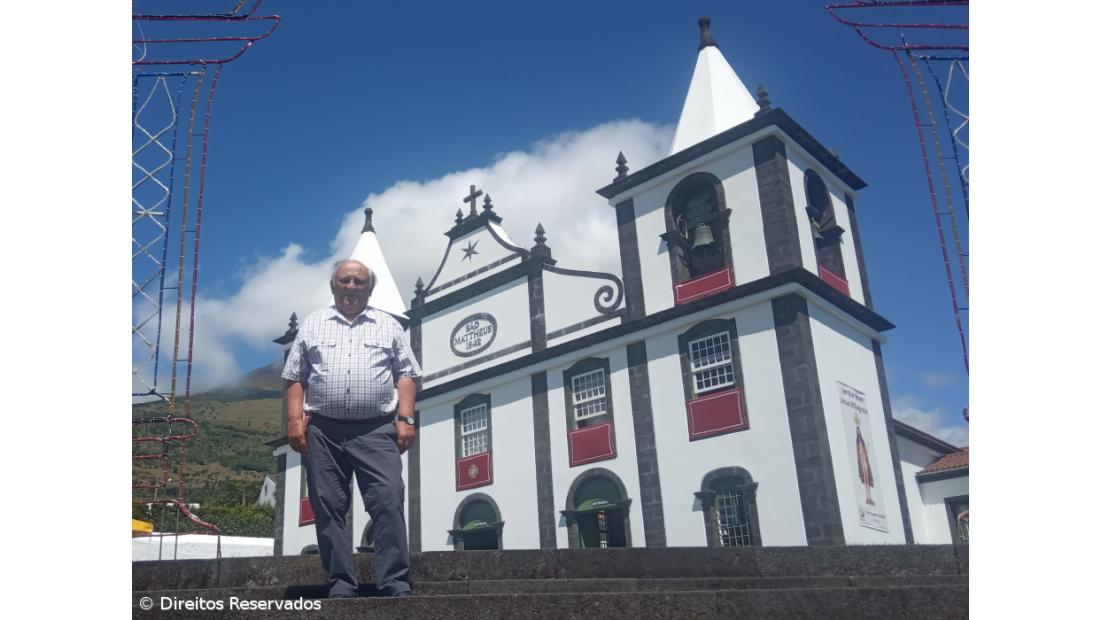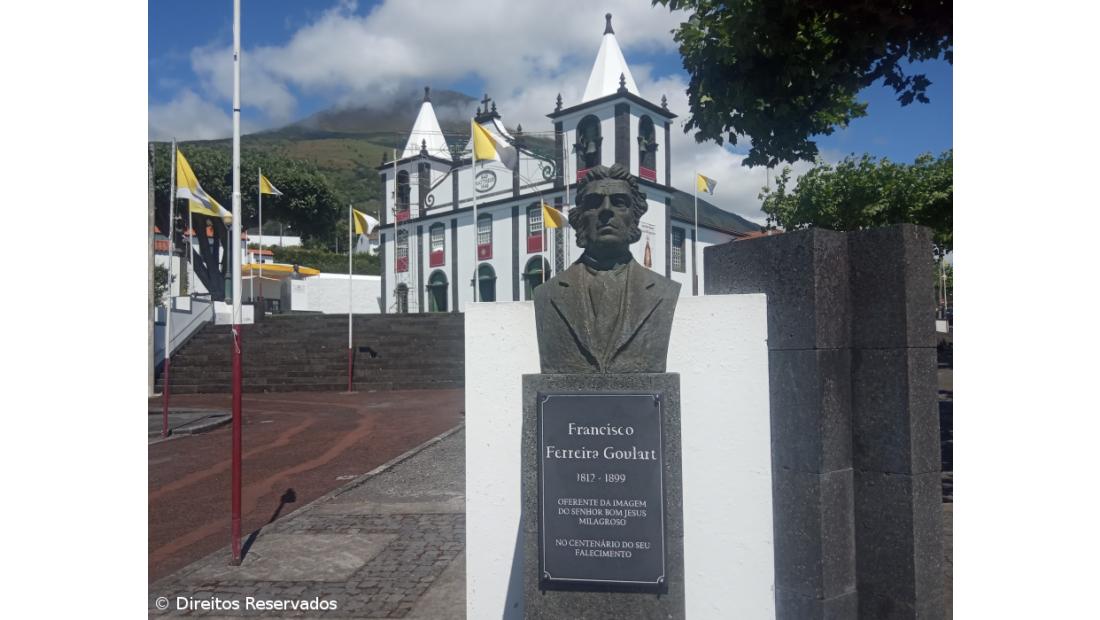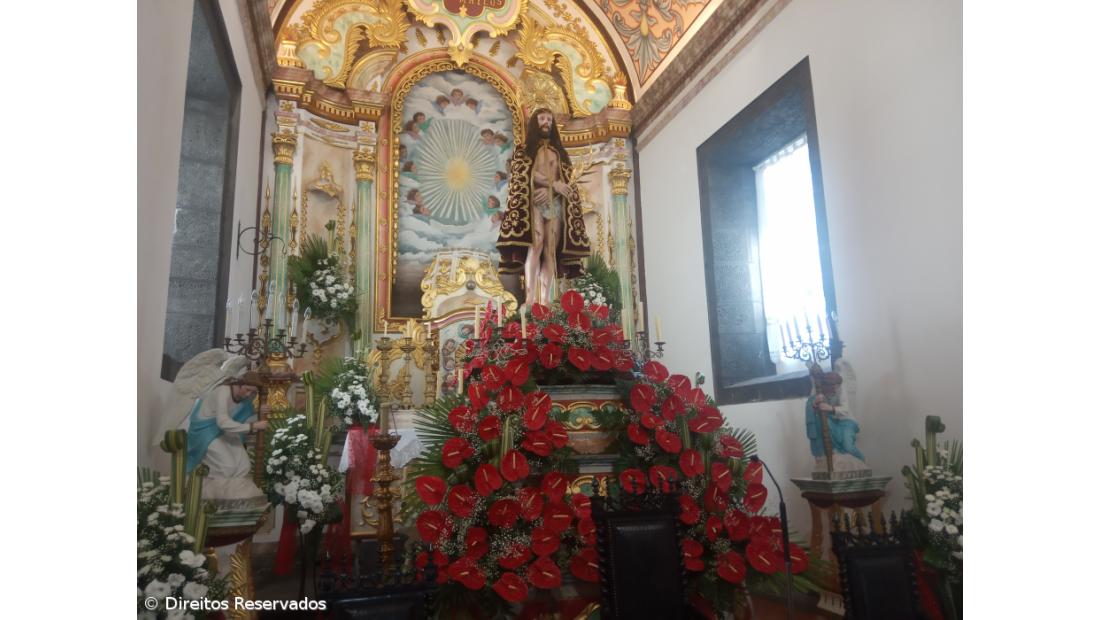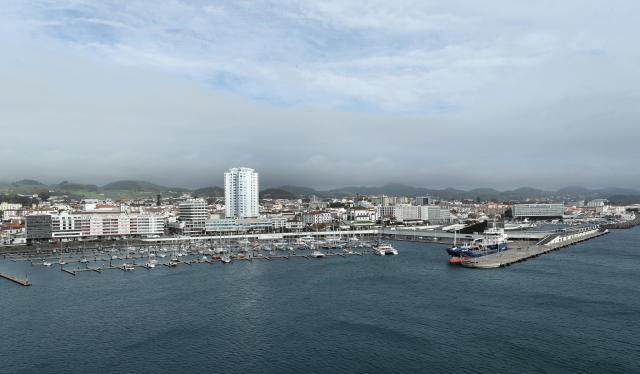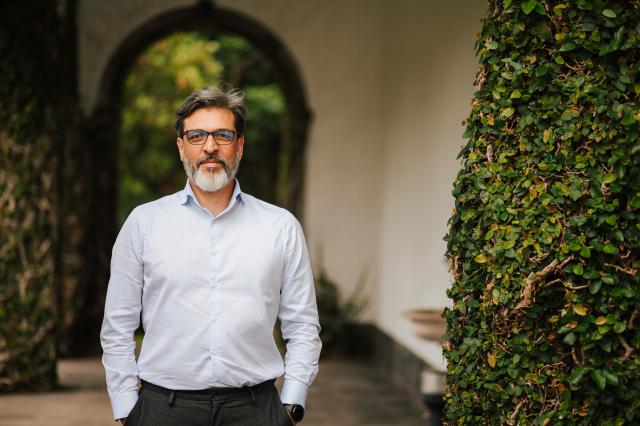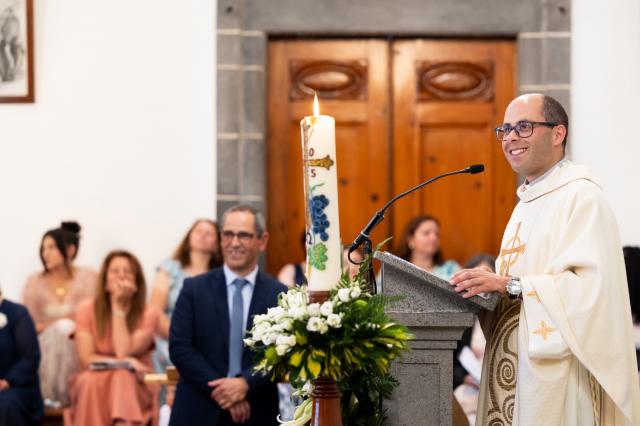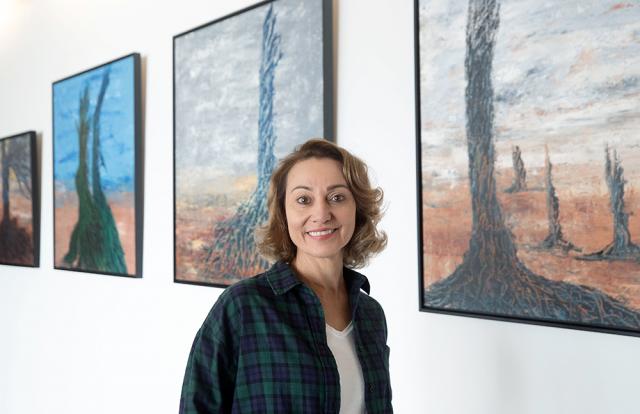For a long time now, the first days of August have been attracting many faithful people to Pico for the cult of Bom Jesus Milagroso (Good Miraculous Jesus), the festival’s highlight being on the 6th, in the parish of São Mateus.
The devotion to this saint dates back to the second half of the 19th century, when an emigrant from the parish, returning from Brazil – where he had made some fortune –, brought the image of the Good Jesus. The saint started conquering people's hearts to the point of superimposing the parish's biggest party, in honor of the patron Saint Matthew, and gathering people from other islands.
In a conversation with Manuel Goulart Serpa, a man of culture and history, we focus on the past, the present and the future of a festival that marked and still marks the faith of the people of Pico and other islands.
"Francisco Ferreira Goulart, born in 1812, emigrated, still young, to Brazil, where he lived in a village called Iguape, where the Good Jesus of Iguape was venerated. When he returned to São Mateus in 1862, he brought a replica of that image and built a chapel for the saint. From then on, little by little, the devotion to St. Matthew started decreasing and the devotion to the Good Jesus of St. Matthew, as he was known, began to spread. It was a different image, captivating. People noticed there was something different about it and commented ‘That look doesn't fool you!’”
Manuel Goulart Serpa's words help us understand how this cult began and how it spread.
Similarly to the cult of the Holy Spirit, "there are many people who do not practice religion but who make promises to the Good Miraculous Jesus. It is the mystery of faith; we cannot decipher anyone's faith. This is an extraordinary faith. The sense of connection, of attachment. One gives oneself to the Good Jesus because one believes that good will always come from him, help, comfort. The Good Miraculous Jesus has a look that speaks".
And how did the saint become known as Good Miraculous Jesus?
"People started to believe that there were miracles because of this Good Jesus. Actually, in the parish of São Mateus, there was a book, which disappeared, about the miracles of the Good Jesus. Father Rosa, who was born in Prainha but practiced in São Mateus for many years, had this book. Several priests looked for it but could never find it," he answers.
Later, in other places, other images of the Good Jesus appeared, they never managed to "be as relevant as this one".
For the octogenarian historian, there were two high moments of devotion: during the emigration wave caused by the Capelinhos Volcano, and during the Overseas War. "The festivities were truly remarkable. On the day the cattle were auctioned – which still happens today – people would send from São Jorge Island the best cattle there was, in order to pay their promises. People came in all kinds of boats and vans. And the image of the Good Lord Miraculous Jesus was everywhere: on the bow of a whaling boat, on the passenger boat, on the emigrant who was leaving, inside of a traditional guitar…".
The first grape bunches
"When Francisco Ferreira Goulart brought the image of the Good Jesus to Pico Island, he never imagined what could happen, not only from a religious point of view but also from a social and economic one. There was a lot of movement going on during the festivities, people came days in advance, restaurants were set up. Some people waited for these festivities the whole year, so they could profit some for the months that were left," he emphasizes, speaking of the economic impact the festival had. It was during these days, on the main street of São Mateus, that the first figs and grape bunches of the year were to be found. It was a business opportunity that required preparation. "Fruit vendors prepared the fig trees and greased the figs so they would be ready to eat at the feast. In the case of grapes, some grapevines were pruned earlier," explains Manuel Serpa.
Another charm of this feast was electricity, at a time when there was no electricity. "Here, in São Mateus, there was only electricity during the festivities. For a child who came from São Caetano, where it was all dark, and saw all those lights… it was something extraordinary," he tells us, traveling back to the time of his childhood.
An attraction is missing
Like other religious feasts, the festivities in honor of the Good Miraculous Jesus are less and less participated. The pilgrimages to the Sanctuary continue, as do the promises, but they are far from the brightness and floods of other times. The religious program and the philharmonics concerts alone are not enough, defends Manuel Serpa. "In my opinion, the church should hire some artists for the night before. At this point, if there is not a different attraction, people won't go along with it," he says.
On the other hand, he recognizes that the fact that people now own cars has also changed the festival dynamics. "They came in groups, in ox cars, singing and dancing. My father-in-law owned a taxi and I remember that, after the feast was over, at 3 a.m., there were still people waiting for transport home. Today they come in their cars only for the mass and the procession".

